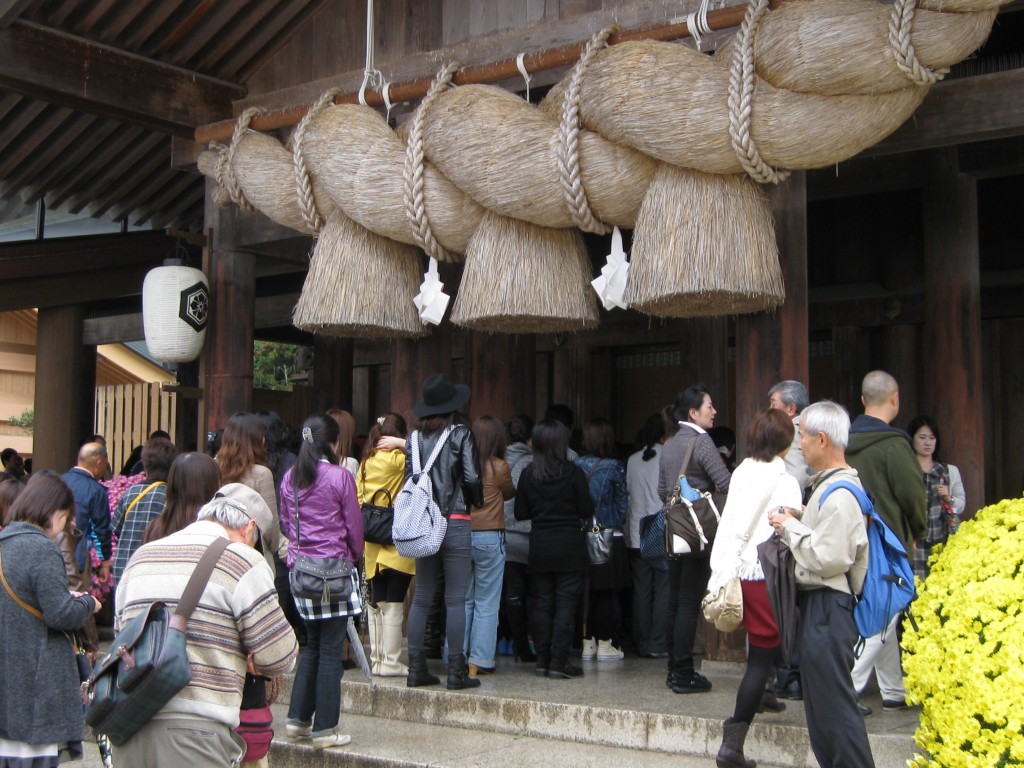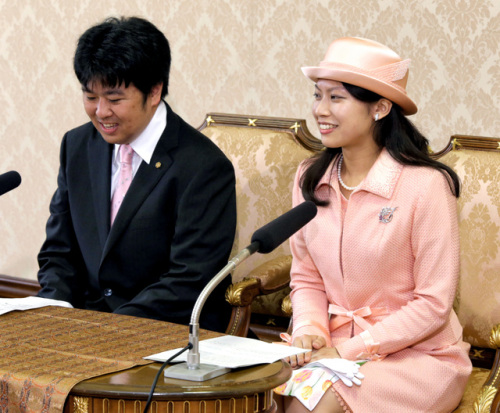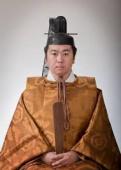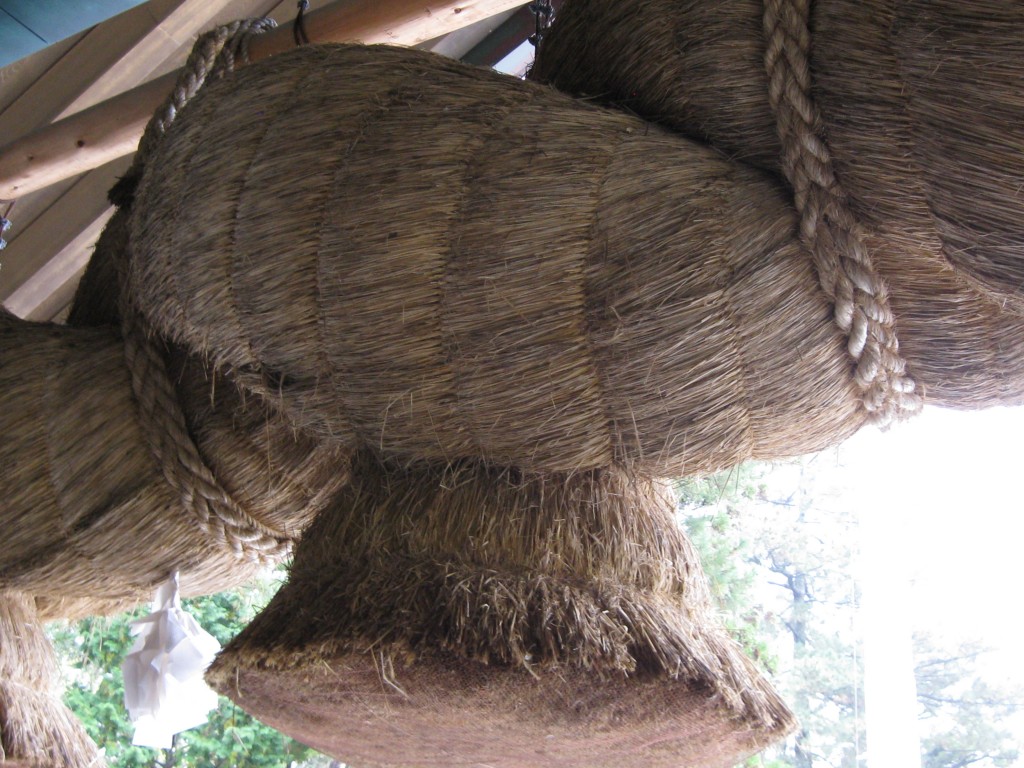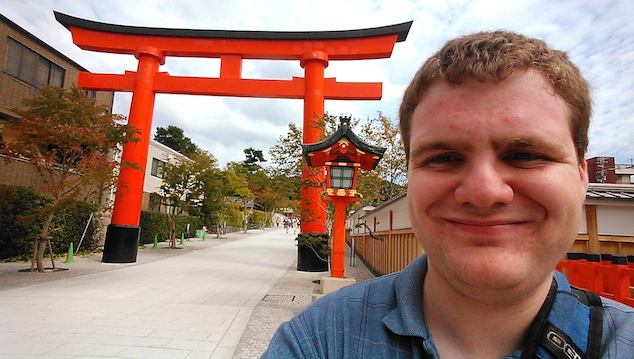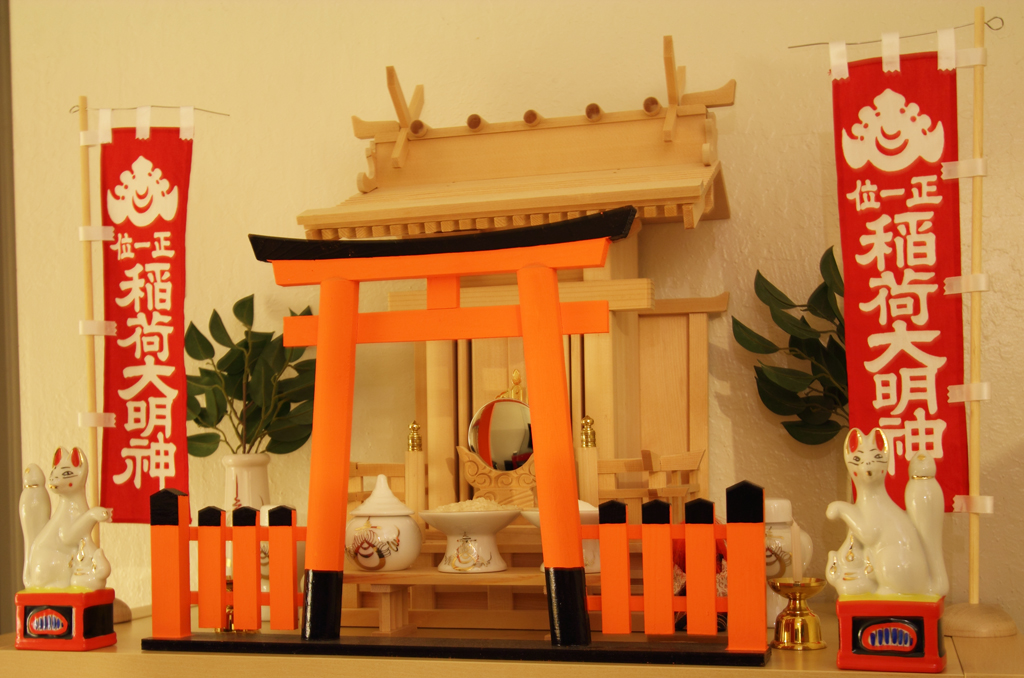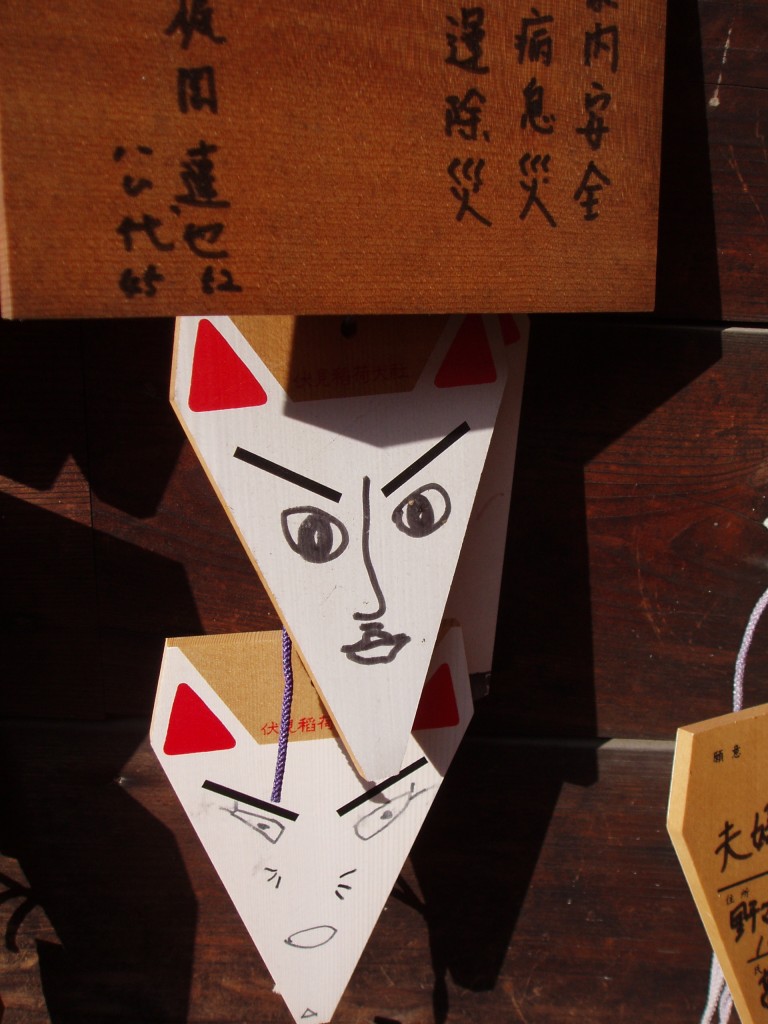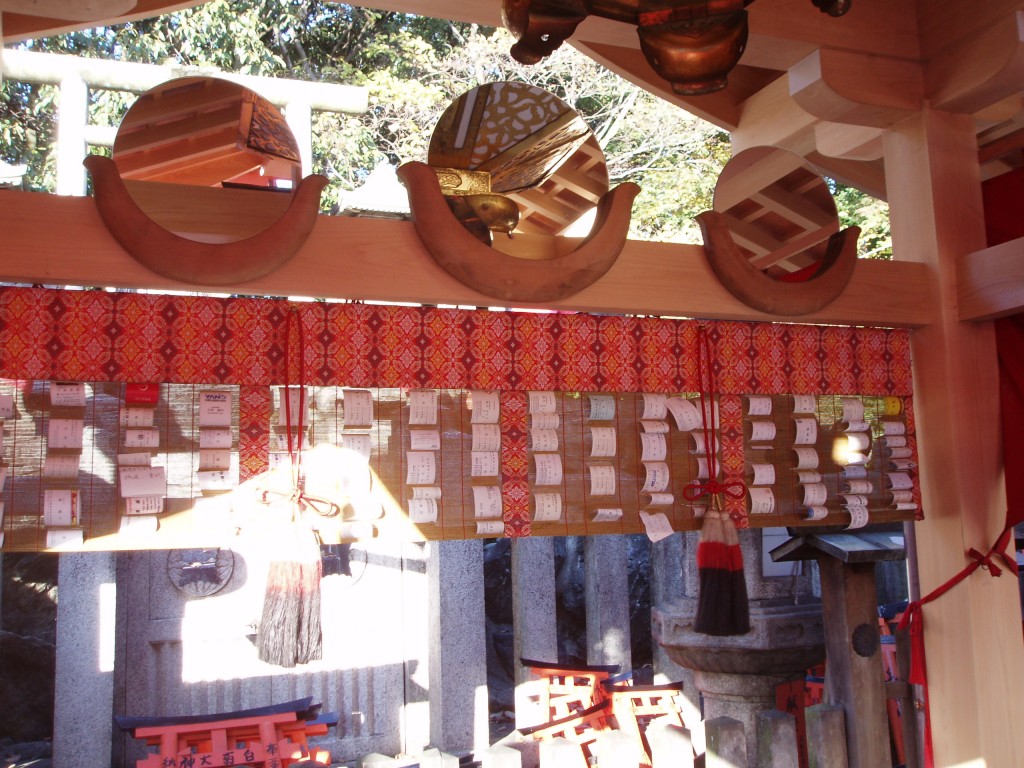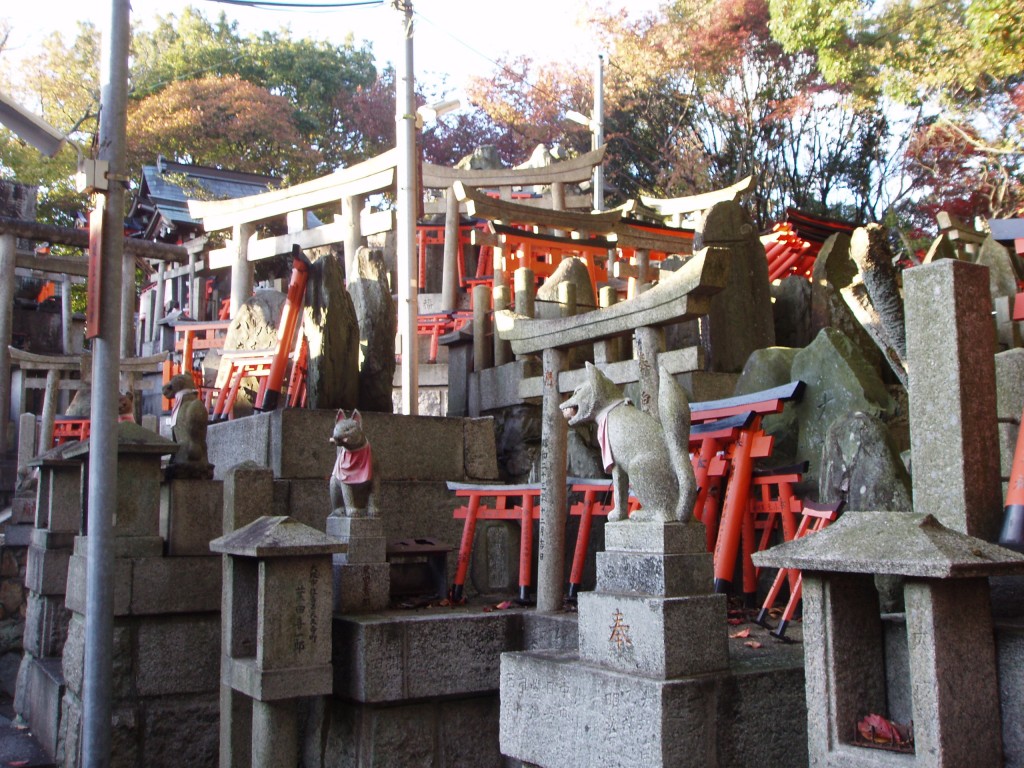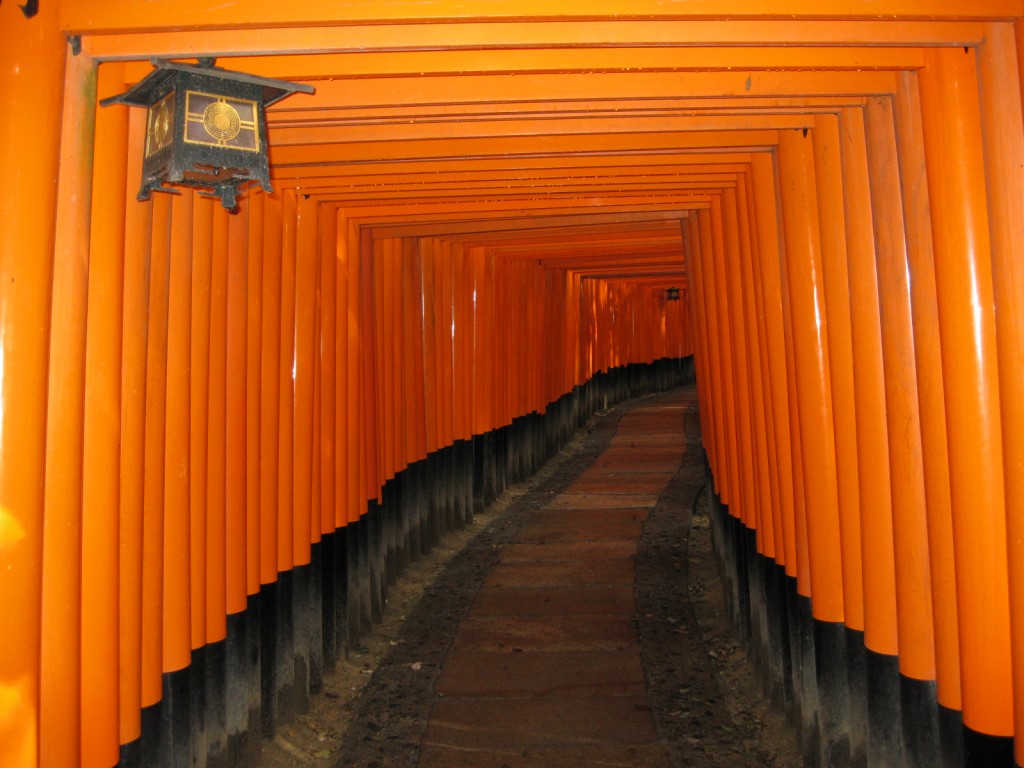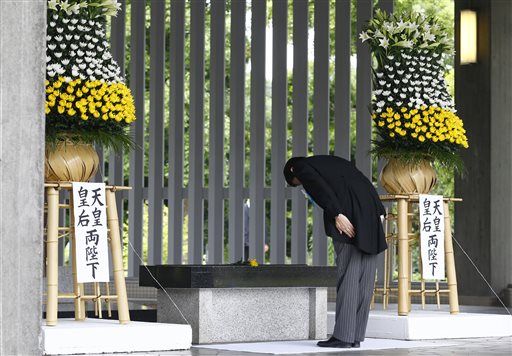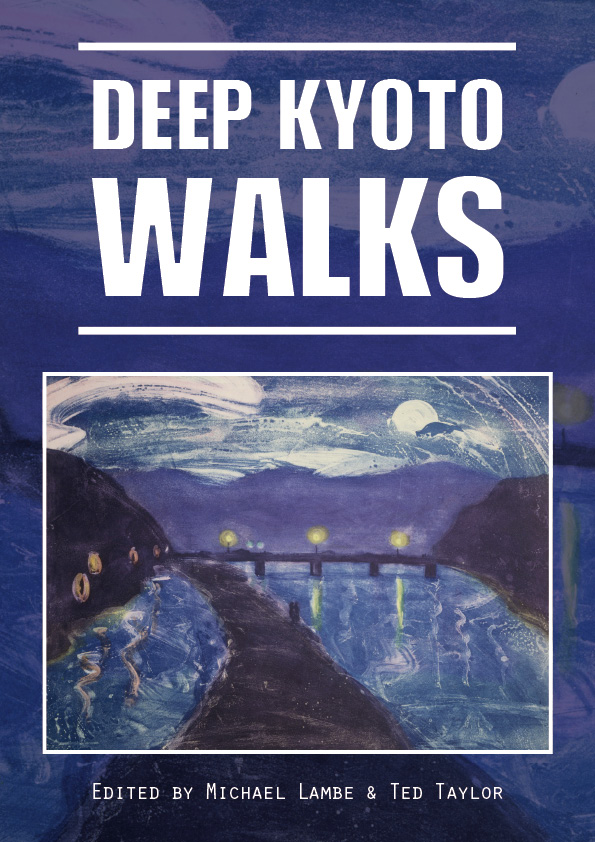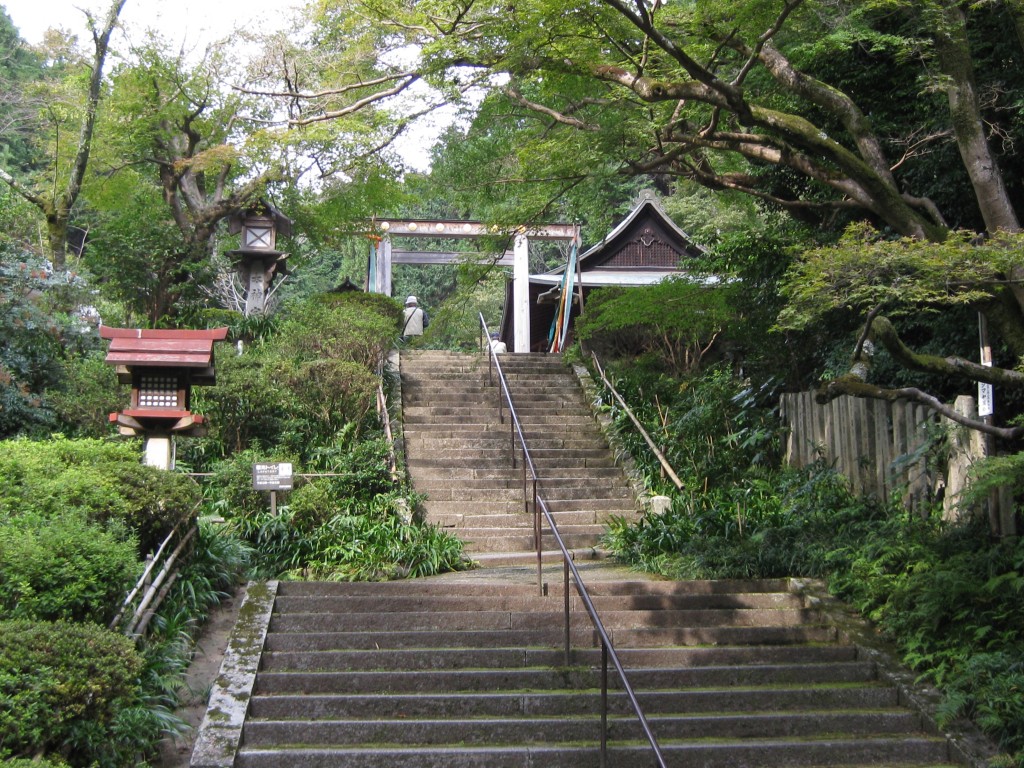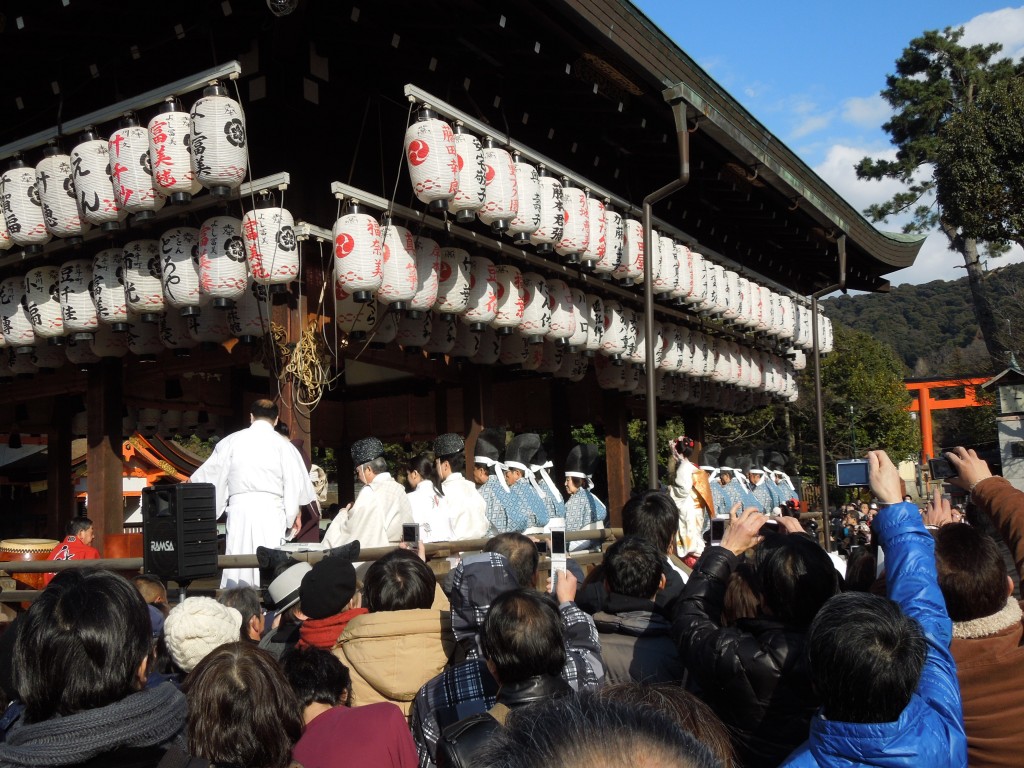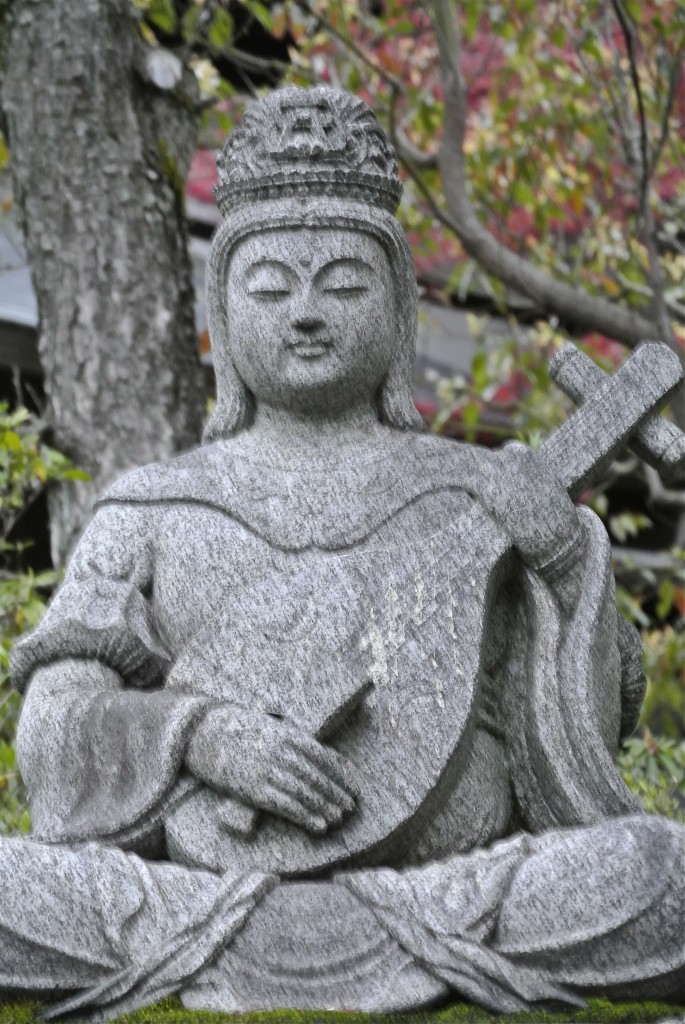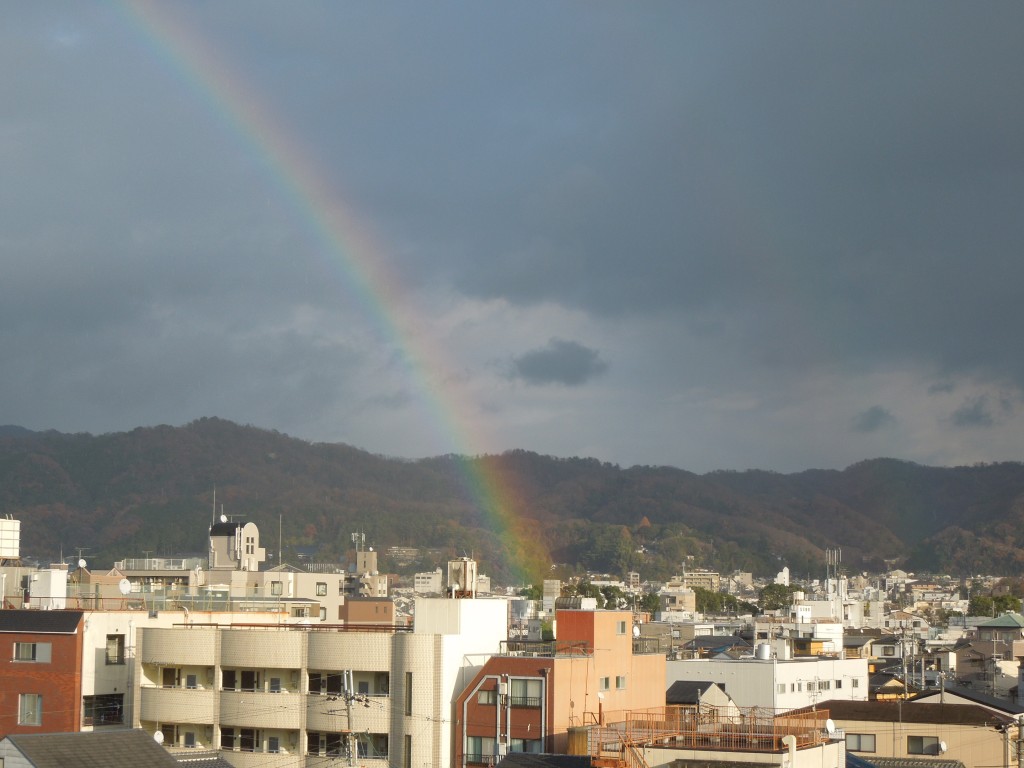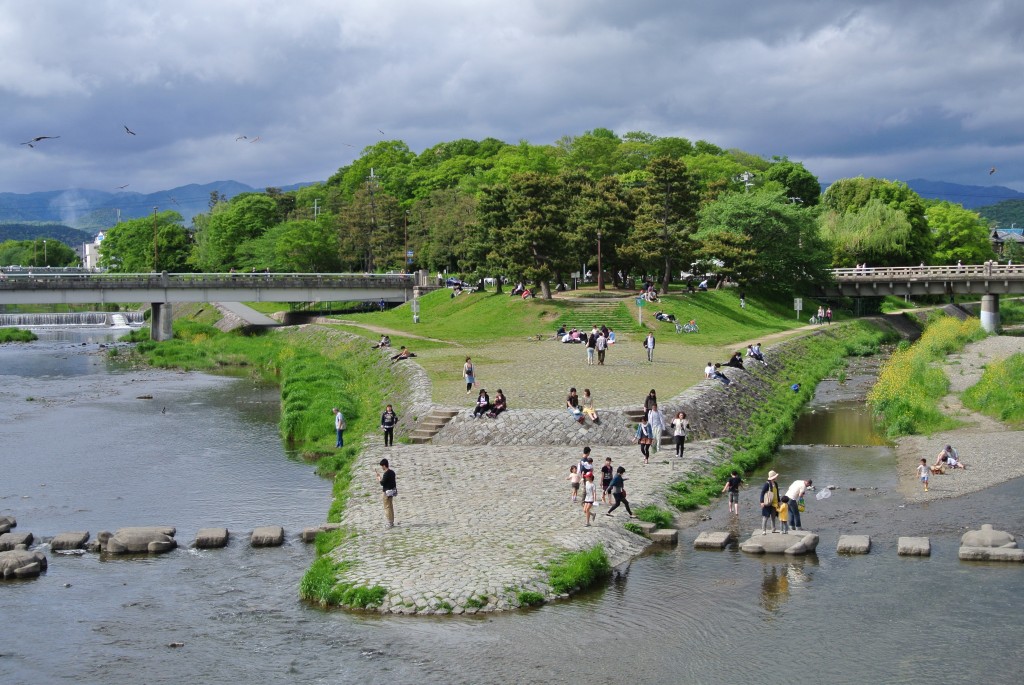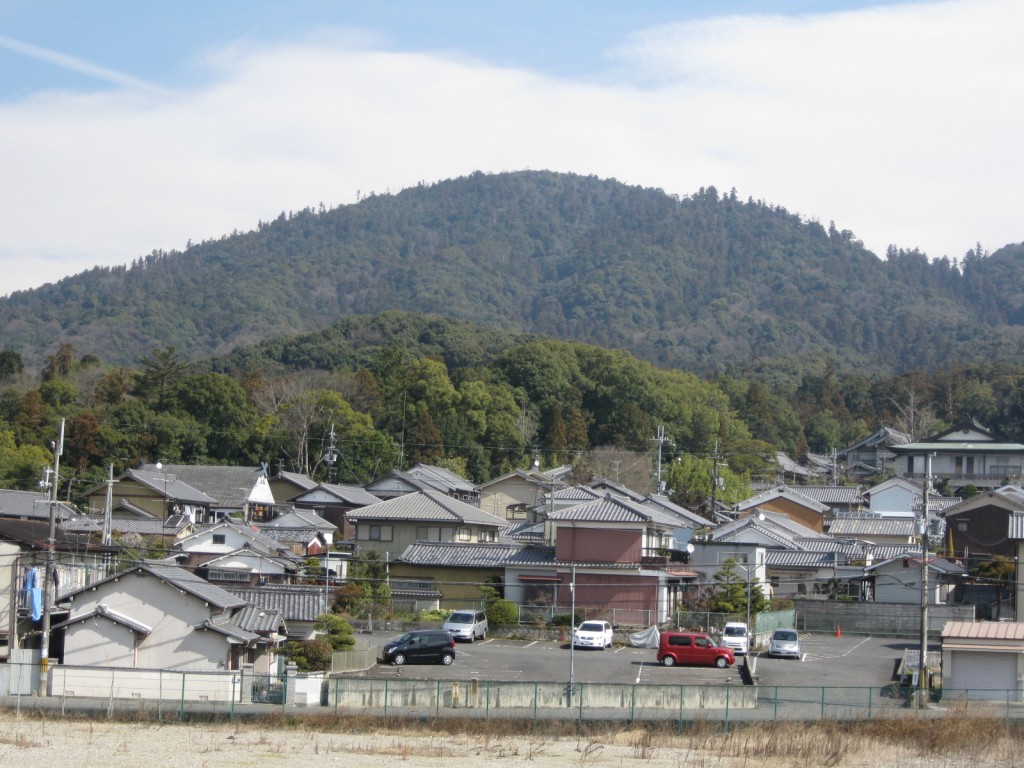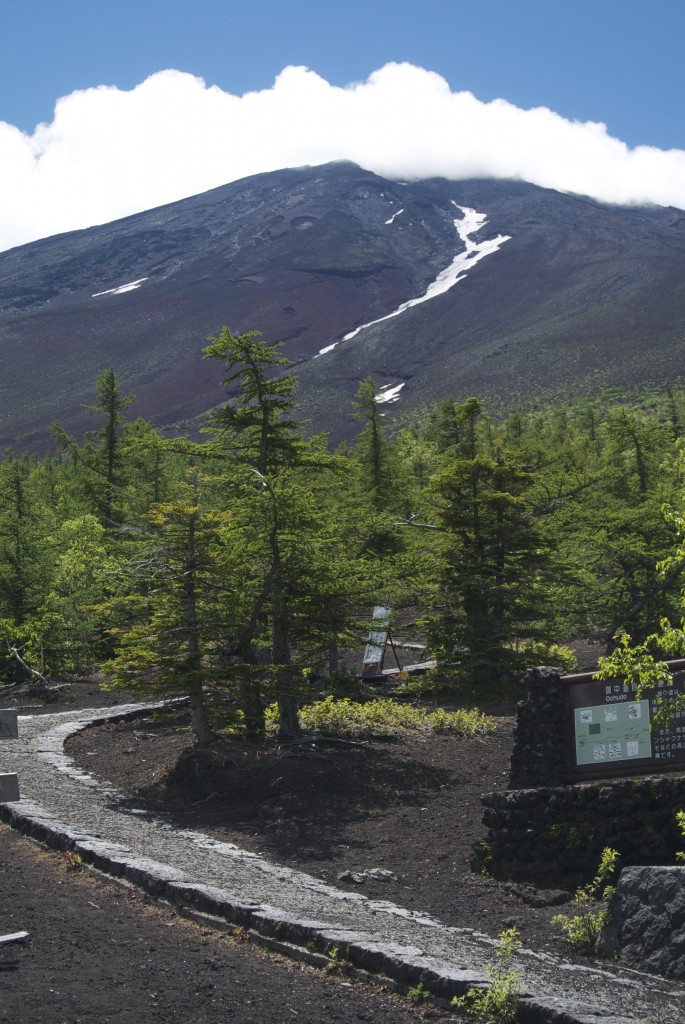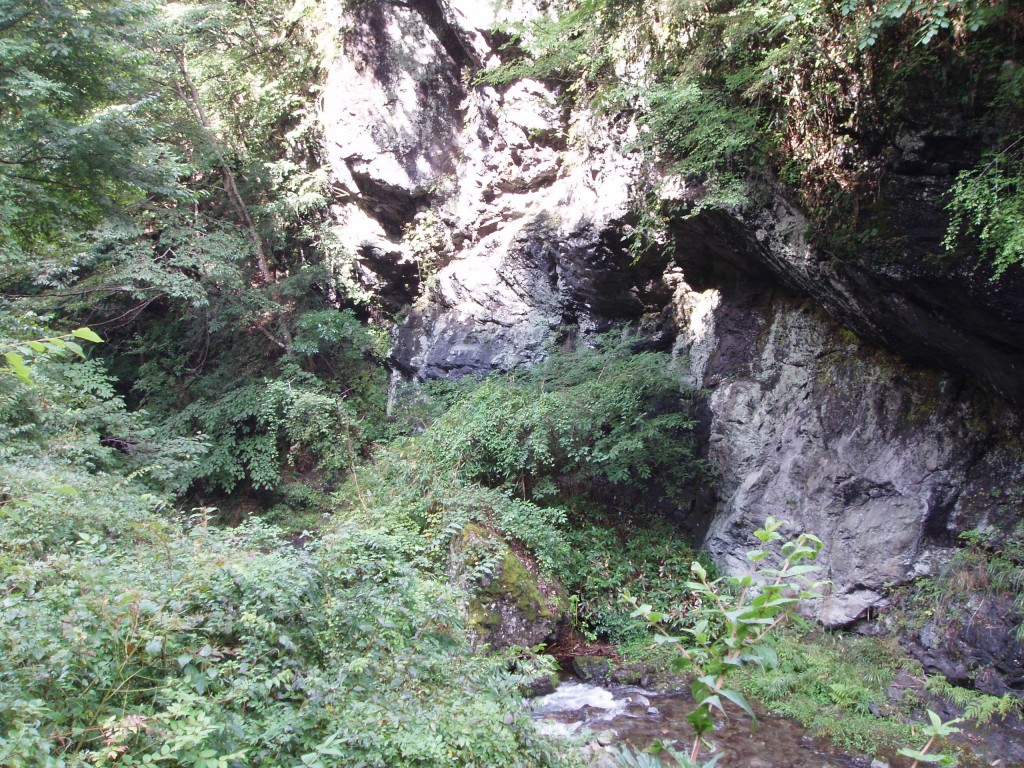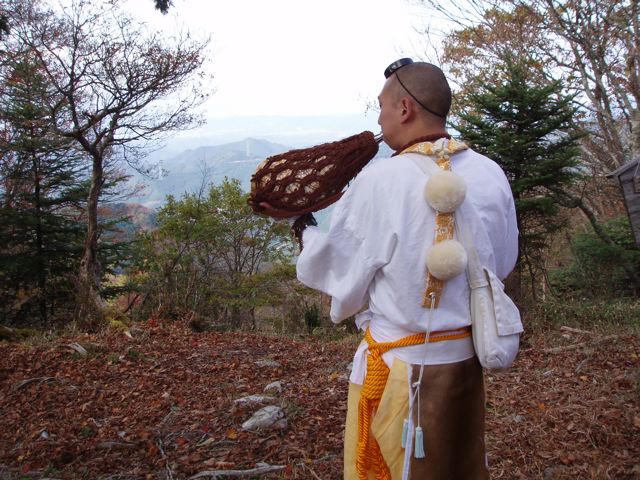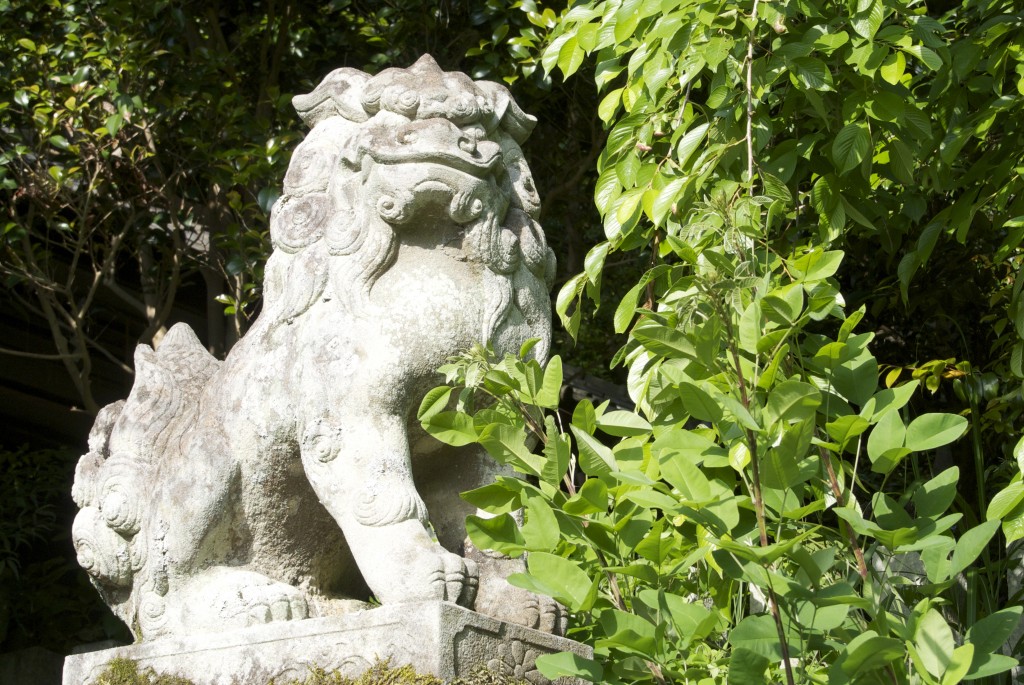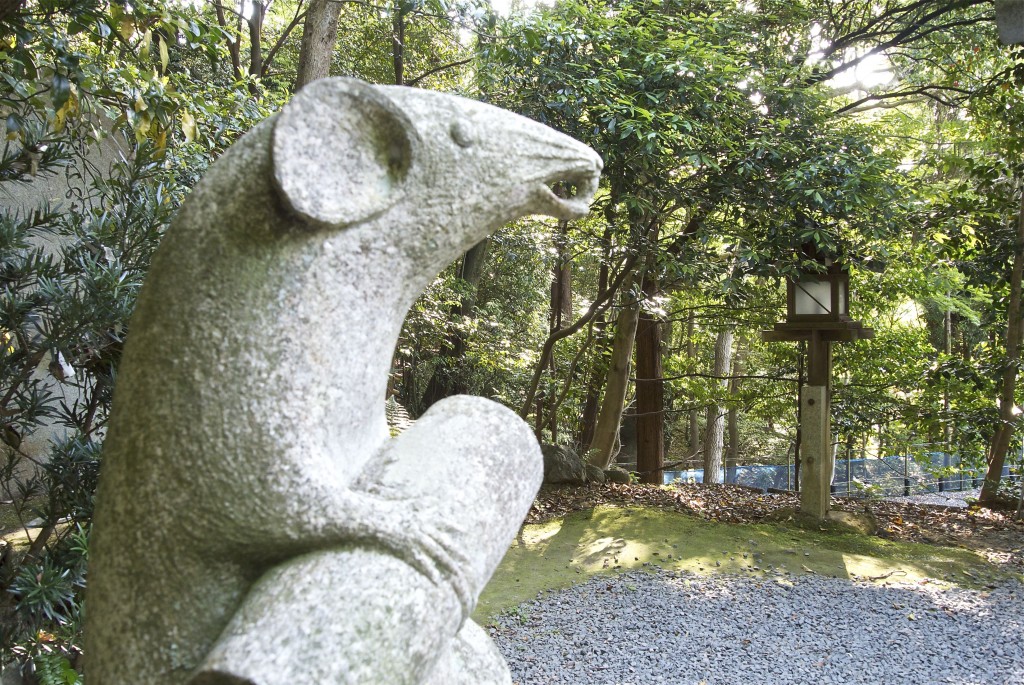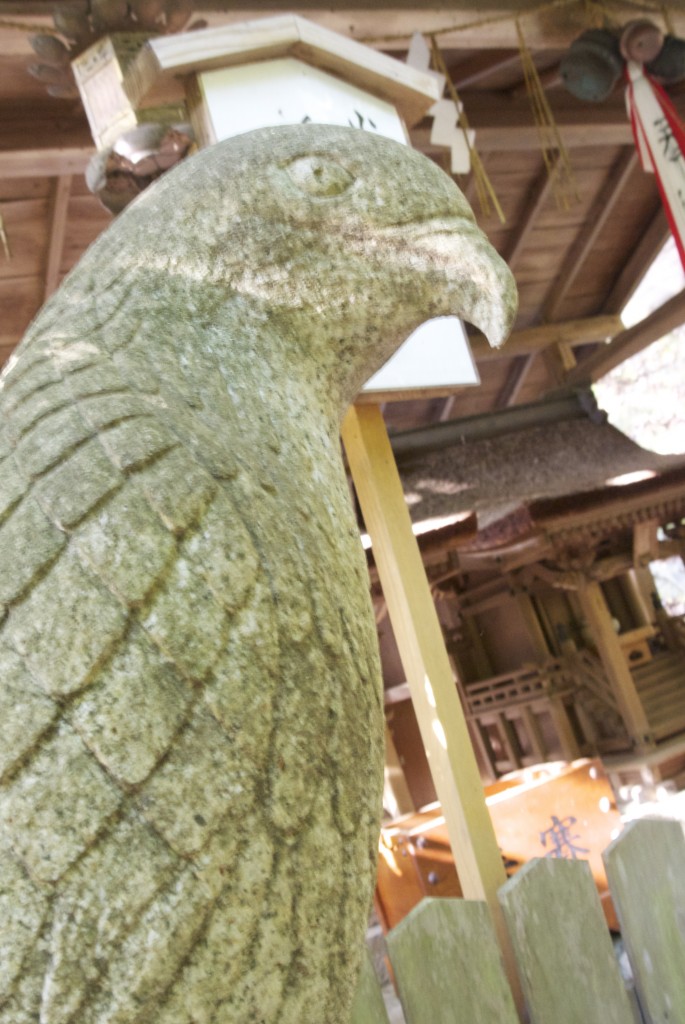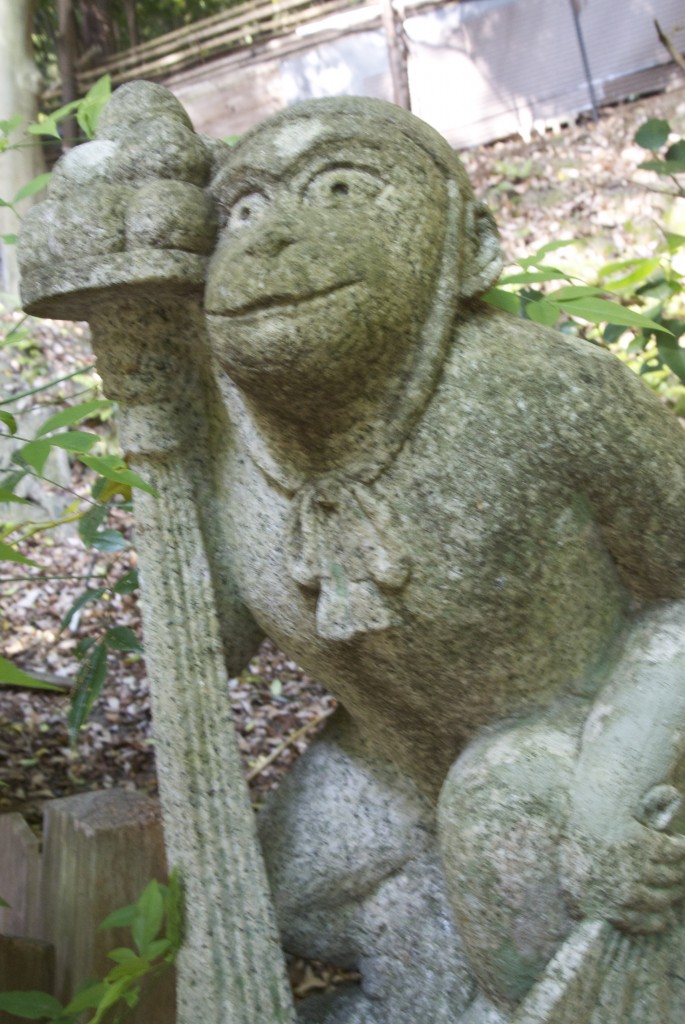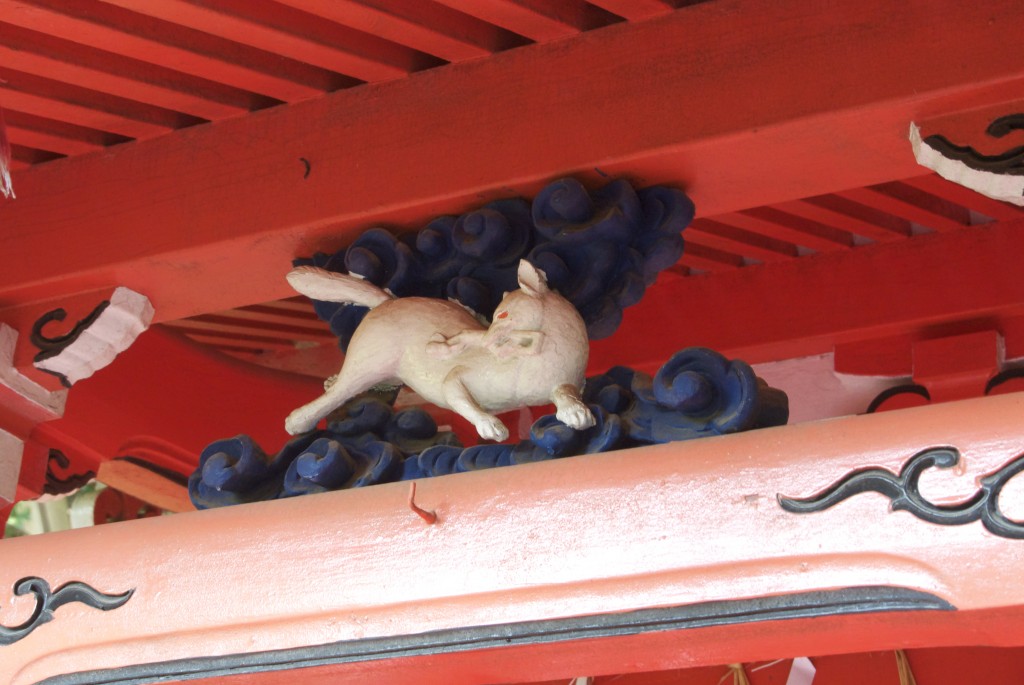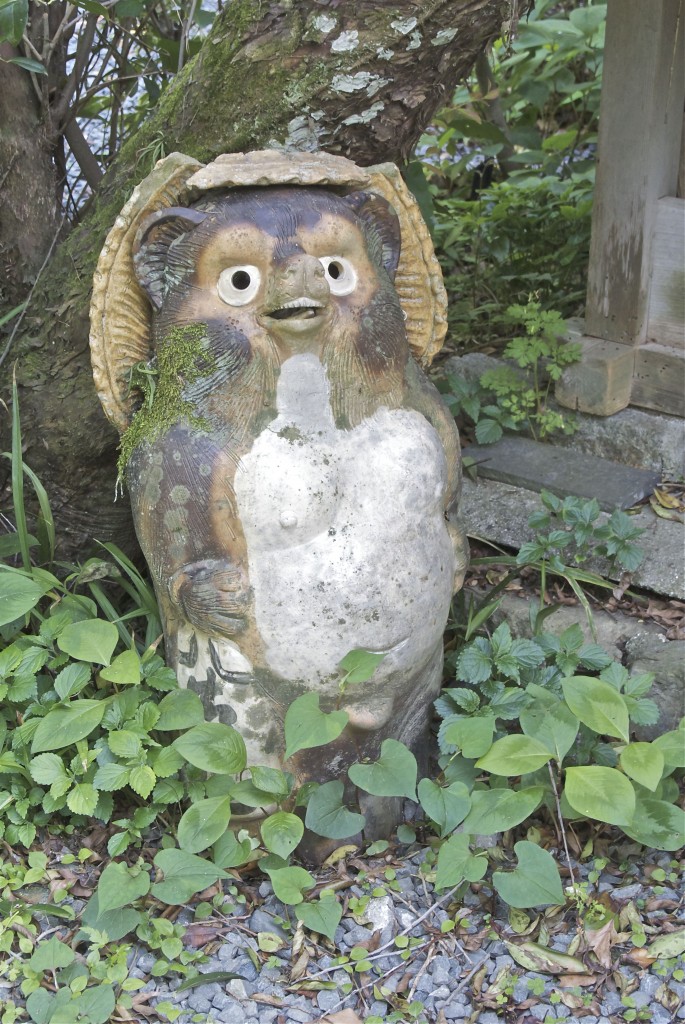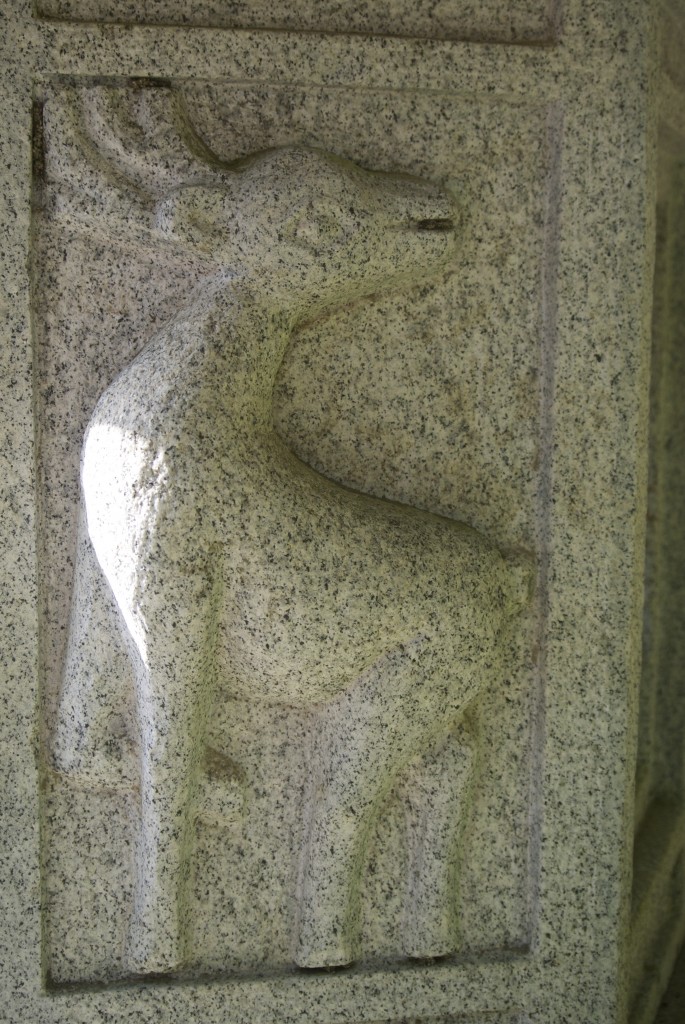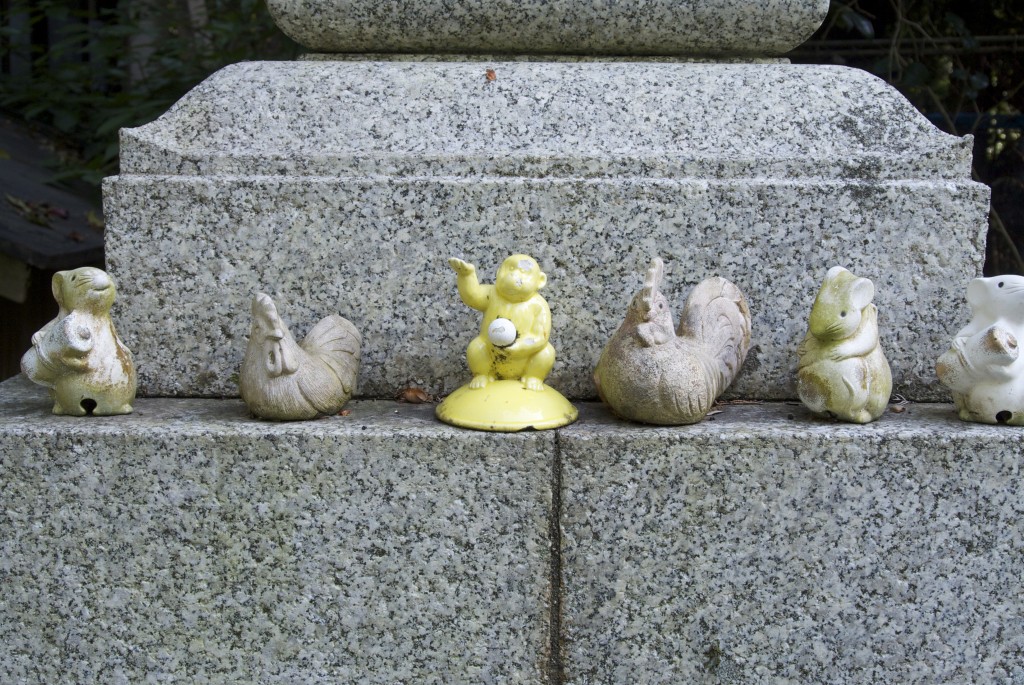Green Shinto is delighted to have been invited to report on a major conference happening over the next few days at Ise Jingu, which involves the UK-based Alliance of Religions and Conservation together with the National Association of Shrines (Jinja Honcho). The discussions will feed into policy making at the UN through consideration of its Strategic Development Goals.
This is in every way a first of its kind, and marks a breakthrough in terms of the open, international and environmental values to which Green Shinto is dedicated. We are very much looking forward to participating in this exciting event and reporting in the coming week on the exchange of opinions and possible outcomes. One key focus of attention will be the issue of ‘green pilgrimages’, in which Japan of course has enormous if sometimes unfulfilled potential.
*************************************************************************
Historic meeting of Shinto priests and international environmental and religious figures to take place at Ise
May 19, 2014: Arc website posting
A unique meeting of 700 Shinto priests and leading international environmental and religious figures at the major Japanese shrine next month will help carve the future of how the world develops.
Jinja Honcho, the Association of Shinto Shrines in Japan, is holding its first ever international meeting, taking place in the sacred pilgrimage shrine of Ise from 2-4 June. This historic event is part of the commemorative events to celebrate the 62nd Shikinen Sengu of Jingu, also known as the 62nd rebuilding of the Grand Shrine.
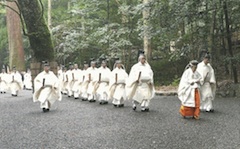
Procession at the shikinen sengu renewal ceremony at Ise in 2013 (courtesy ARC)
With a dramatic opening ceremony and procession across the main ceremonial bridge to the Toba shrine (on June 2), “Traditions for the Future: Culture, Faith and Values for a Sustainable Planet” will be both a thoroughly modern and a thoroughly ancient approach to coming together to work out how to protect this planet, a planet on which, Shintoism believes, every rock and every tree – indeed all life – is sacred.
ARC Secretary General, Martin Palmer: “ARC is honoured to not only be invited to be Jinja Honcho’s main partner in this historic event, but also, for the first time ever, to bring the UN to engage with this ancient tradition – and with all the traditions and faiths coming to Ise. Together we are shaping a better future!”
The discussions will feed directly into the Strategic Development Goals of the United Nations (which follow on from the Millennium Development Goals 2000-2015 and will start in 2015), but they will also lead to a host of practical environmental actions from religions around the world.
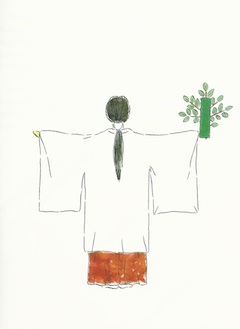
(courtesy ARC)
In addition to key discussions and planning of values helping draw in insights, not just from faiths, but also the Arts and Media; subjects include how religious groups can protect endangered wildlife and how pilgrimage (which involves more than 200 million separate visits to holy places around the world every year) can become more of a blessing to the earth, and less of an ecological threat. Some 8 million pilgrims visit Ise alone every year, for example, which has the benefit of opening many people to a spiritual, natural experience they will carry into their everyday lives, but at the same time it stretches resources, and leaves pollution.
The conference at Ise will also hear a keynote address from Olav Kjorven, Assistant Secretary General at the UN, who has been responsible for pushing the SDG process forward. Delegates will be able to make direct contributions to this discussion and to the SDGs as part of the event programme.
Held in collaboration with the UK-based Alliance of Religions and Conservation (ARC), this is the first time Shintoism has organized such an event and it represents a historic opening of the Shinto religion towards other faiths and cultures.
“The Japanese spirituality inherited from the ancient ancestors has been gradually lost or hidden somewhere deep in our consciousness. It might not be an exaggeration if we said that not only environmental problems but also all problems of modern society have been caused by lack of the awe, reverence, and appreciation for nature that ancient people used to have and taught us.” – the Shinto Statement on the Environment, 1995
OCEANS OF THE FUTURE
 At the same time as the Ise event, the great historic city and Shinto shrine of Munakata in Kyushu, Japan is showing how Shintoism is taking seriously the challenges of the environment.
At the same time as the Ise event, the great historic city and Shinto shrine of Munakata in Kyushu, Japan is showing how Shintoism is taking seriously the challenges of the environment.
With its theme “Oceans of the Future” (30th May to 2nd June 2014) the shrine and the city in partnership with UBrainTV, one of ARC’s media partners are bringing together religious, political, economic and scientific leaders to debate the future of the oceans.
ARC has been honoured to have been part of the initial planning group and welcomes this new development of engaged Shintoism. This year’s event is planned to be the first of a long term series of annual environmental events.
Key speakers include José Ramos-Horta, Former president of East Timor and Nobel Peace Prize Laureate and Rajendra Kumar Pachauri, Chairman, of the International Panel on Climate Change.
As part of this innovative programme there is a major focus on youth leadership and reaching out to young people.
Highlights of the meetings will be available on UBrainTV in the next few weeks.
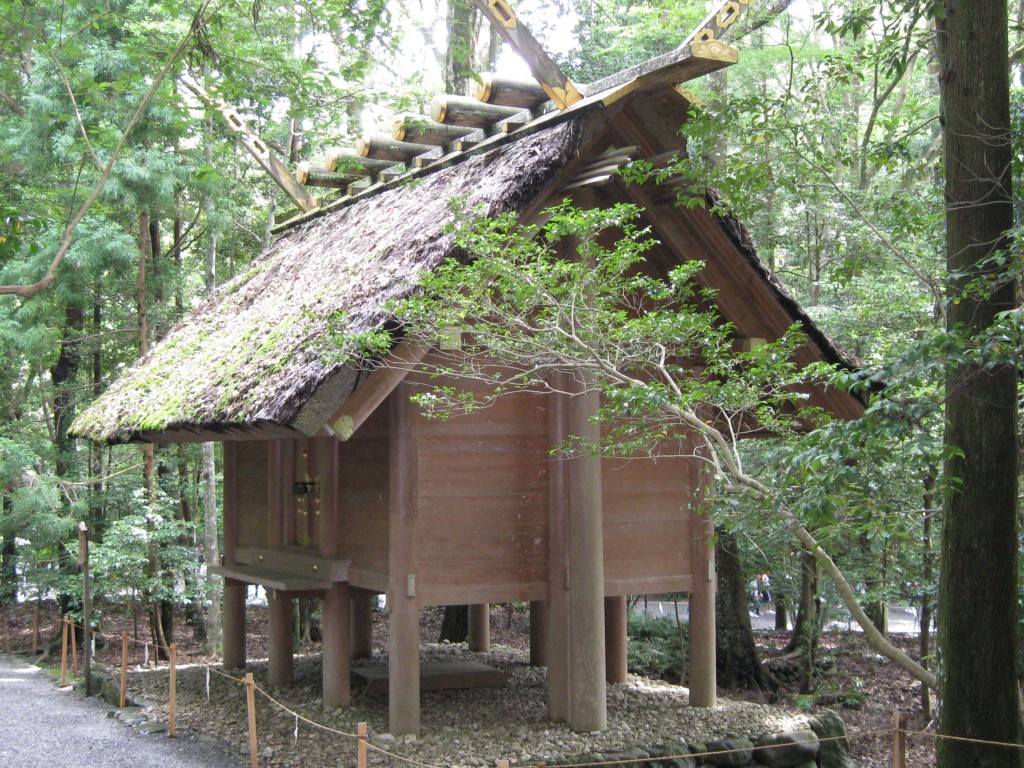
Harmony with surrounds, here exempified at Ise, was once a core Shinto value, lost in an age of materialism when shrine grounds are often turned into car parks. It's high time to restore the traditions of the past and promote conservation for the future.

